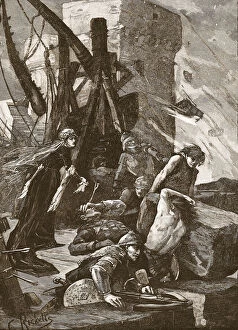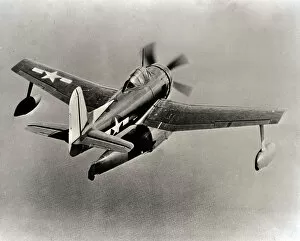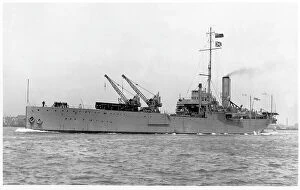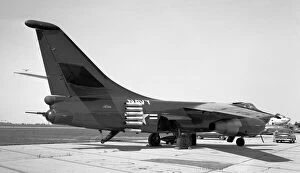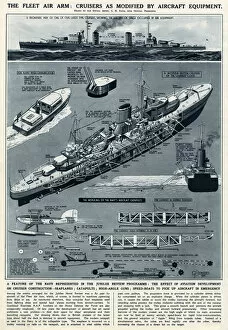Catapults Collection
"Catapults: From Ancient Warfare to Modern Aviation" From the mighty HMS Pegasus (ex HMS Ark Royal) to the sleek United States Navy Curtiss SC-1 Seahawk
For sale as Licensed Images
Choose your image, Select your licence and Download the media
"Catapults: From Ancient Warfare to Modern Aviation" From the mighty HMS Pegasus (ex HMS Ark Royal) to the sleek United States Navy Curtiss SC-1 Seahawk, they have played a pivotal role in military history. These powerful mechanisms have propelled aircraft into the skies and projectiles towards enemy lines. Dating back centuries, they were used by ancient civilizations such as during Black Agnes' siege of Dunbar Castle. The attack on Rhodes also witnessed their destructive force, depicted vividly in lithographs. As technology advanced, so did catapults. The HMS Pegasus - ex HMS Ark Royal showcased their importance in naval aviation, launching planes with precision and speed. Similarly, the United States Navy's Douglas A3D-1 Skywarrior 130356 demonstrated their vital role in modern warfare. Not limited to military applications alone, catapults found use beyond battlefields. The Focke-Wulf W. 4 utilized them for experimental flight tests while British troops honed their skills with new models during training exercises. Even whimsical illustrations like "The Tatcho Bomb" by Heath Robinson highlight the creative potential of these devices outside traditional contexts. And let's not forget about Fleet Air Arm's captivating artwork by G. H Davis that immortalizes these mechanical wonders. Whether it be launching fighter jets or testing innovative ideas, catapults remain an integral part of our collective history and technological progress – forever reminding us of humanity's relentless pursuit of innovation and power through engineering marvels like no other.

